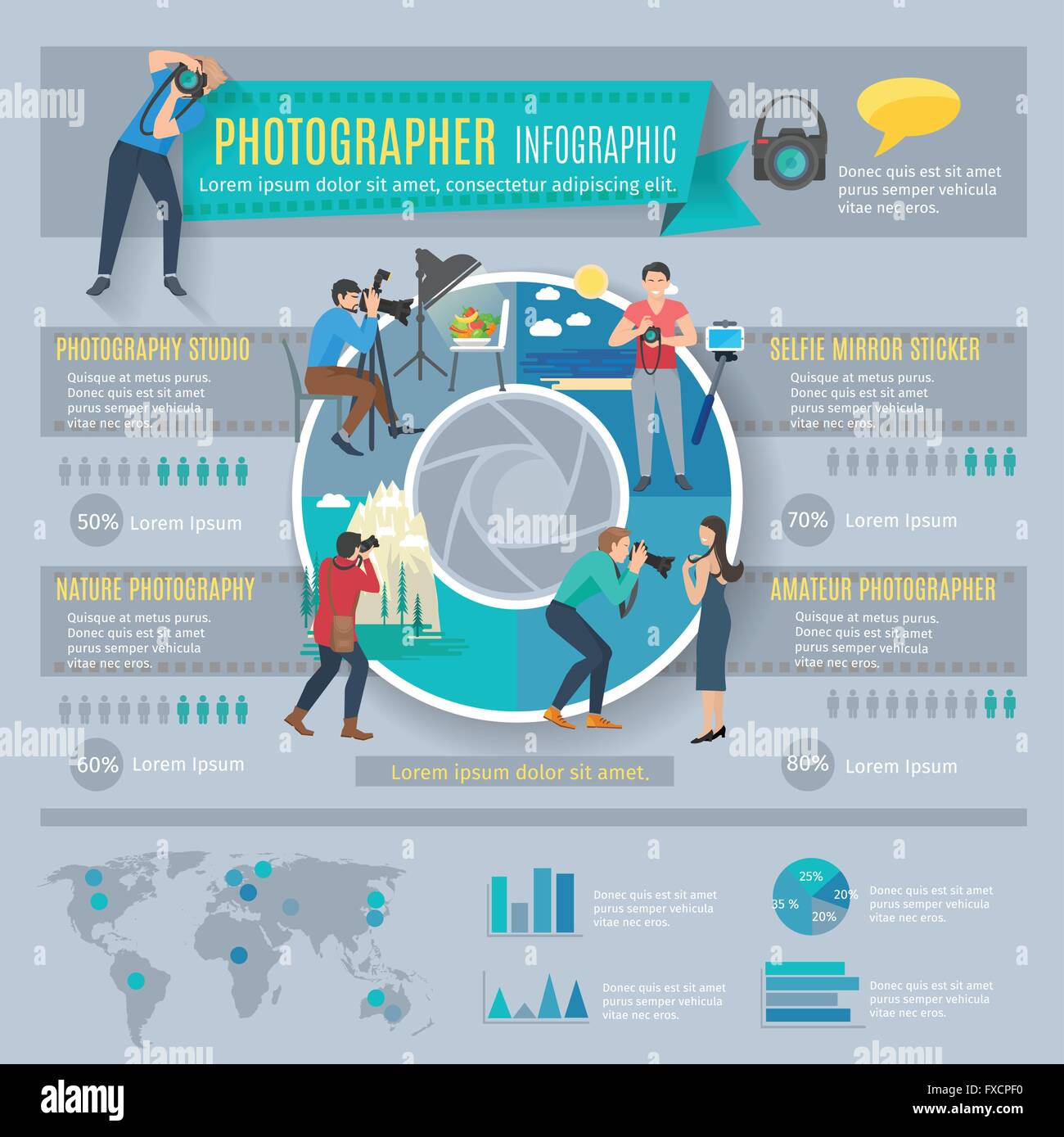Join Us To Find Vital Photography Ideas That Will Open Your Cam'S Capacity-- Prepare To Capture Stunning Pictures In No Time!
Join Us To Find Vital Photography Ideas That Will Open Your Cam'S Capacity-- Prepare To Capture Stunning Pictures In No Time!
Blog Article
Short Article Author-Lundgreen Didriksen
When you first grab your camera, it can feel frustrating with all the setups and options offered. You could find yourself asking yourself how to browse aperture, shutter rate, and ISO successfully. Understanding these basics is vital, yet there's more to photography than just technical knowledge. Understanding make-up techniques and lights conditions can raise your pictures significantly. So, what happens if you could discover easy techniques to enhance your skills and begin recording excellent pictures earlier than you believe? Allow's explore just how to transform your digital photography trip.
Comprehending Electronic Camera Setups
Comprehending your electronic camera settings is important for recording spectacular images. When you pick up your cam, familiarize yourself with the 3 main settings: aperture, shutter speed, and ISO. Each plays an important role in exactly how your images turn out.
Begin with aperture, which regulates the amount of light entering the lens. A bigger aperture (reduced f-number) lets in much more light and develops a stunning history blur, perfect for pictures. On https://writeablog.net/jamel031sharita/contrasting-popular-cameras-which-one-is-ideal-for-you , a narrower aperture (greater f-number) keeps more of the scene in focus, perfect for landscapes.
Next, concentrate on shutter rate. This setting figures out how much time your camera's sensor is revealed to light. A rapid shutter speed freezes movement, which is fantastic for activity shots, while a slow shutter speed can create magnificent impacts like smooth water in landscapes.
Finally, change your ISO. This setup affects your electronic camera's level of sensitivity to light. A greater ISO is useful in low-light situations yet can present noise or grain. Aim for the most affordable ISO possible while still accomplishing proper direct exposure.
Structure Methods
When you're out capturing, structure can make all the distinction in exactly how your pictures resonate with visitors. Beginning by using the guideline of thirds; envision your structure separated right into nine equivalent areas with two horizontal and 2 upright lines. Position key elements along these lines or at their junctions to create balance and passion.
Next off, think about leading lines. These natural lines in your scene, like roadways or rivers, draw the visitor's eye right into the picture, guiding them through the story you're informing.
Don't ignore framing; usage aspects within your scene, like trees or windows, to produce a frame around your subject, including deepness and focus.
Likewise, watch on your background. Link Website cluttered background can sidetrack from your major subject, while a straightforward one helps it stand out.
Finally, trying out symmetry and patterns; they can produce a striking picture that captures focus.
Mastering Illumination Issues
Mastering lights conditions is crucial for recording spectacular photographs, as the right light can transform a normal scene into something phenomenal.
Start by observing https://squareblogs.net/alphonso8trenton/just-how-to-build-a-photography-profile-that-attracts-attention at different times of the day. Early mornings and late afternoons offer the most effective light, called the golden hour. The soft, warm tones during these times can boost your pictures magnificently.
Do not avoid click for more ; diffused light can reduce harsh shadows and produce a pleasing result, particularly for portraits.
Experiment with backlighting by positioning your topic versus the light. This strategy can create a wonderful halo effect and include deepness to your photos.
Take notice of your electronic camera setups as well. Readjust the ISO, aperture, and shutter rate to match the illumination conditions. A higher ISO can help in reduced light, yet be cautious of grain.
Utilize a tripod in darker environments to prevent blur.
Last but not least, don't forget man-made illumination. Flash and continuous lights can be excellent devices for managing light in tough conditions.
Conclusion
To conclude, mastering your electronic camera doesn't need to be frustrating. By recognizing your settings, applying composition strategies, and utilizing the power of natural light, you'll quickly raise your photography skills. Bear in mind, practice makes best, so go out there and experiment with your newly found expertise. With time and dedication, you'll be capturing stunning pictures that mirror your one-of-a-kind point of view. Take pleasure in the journey, and don't fail to remember to enjoy while you're at it!
